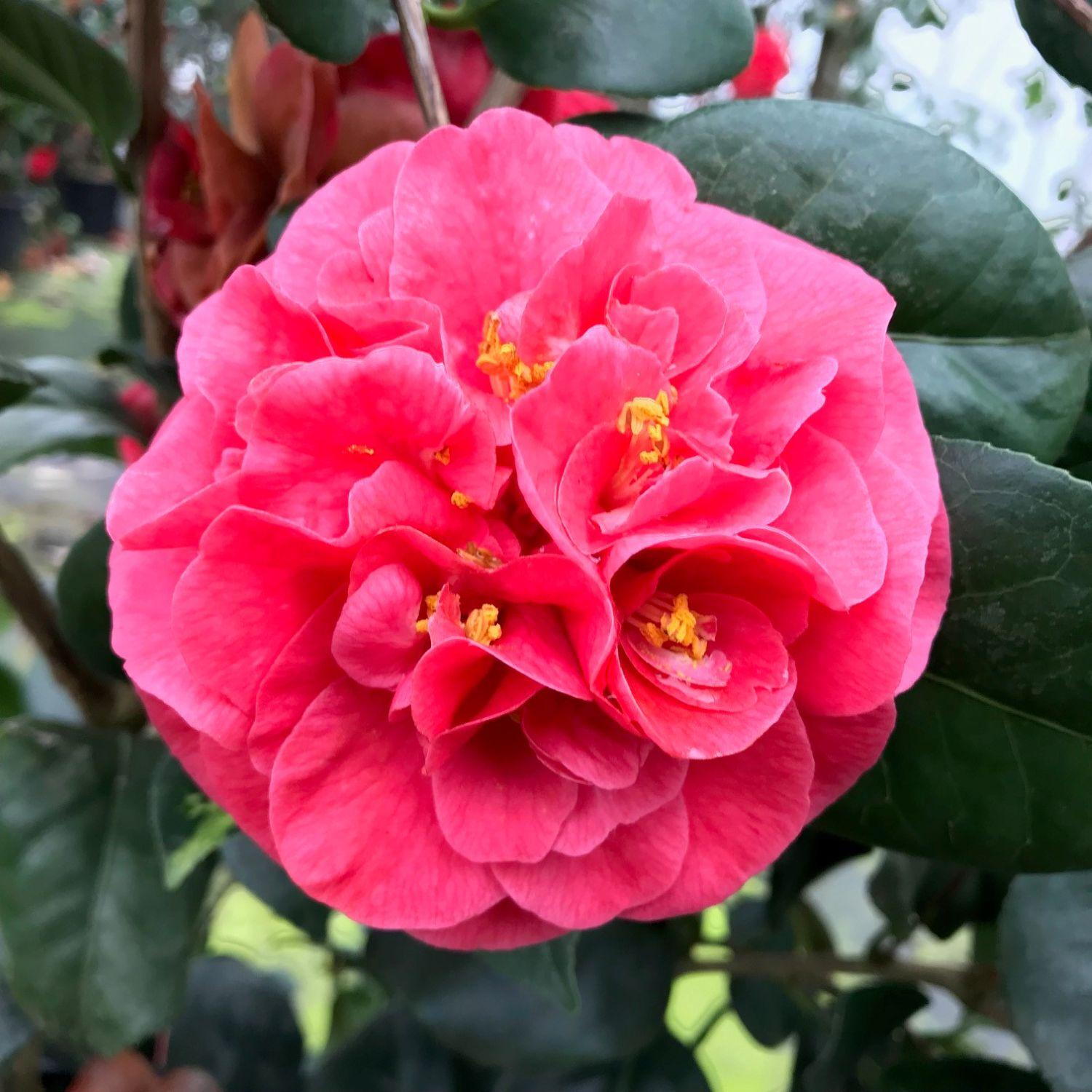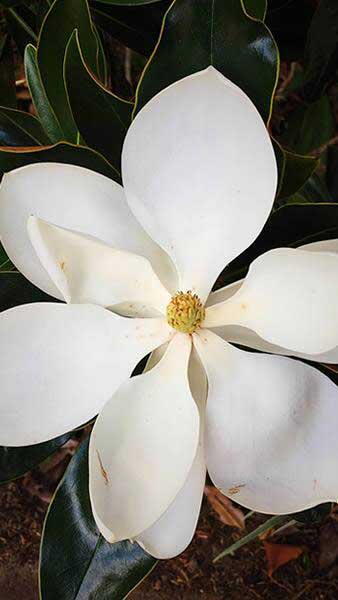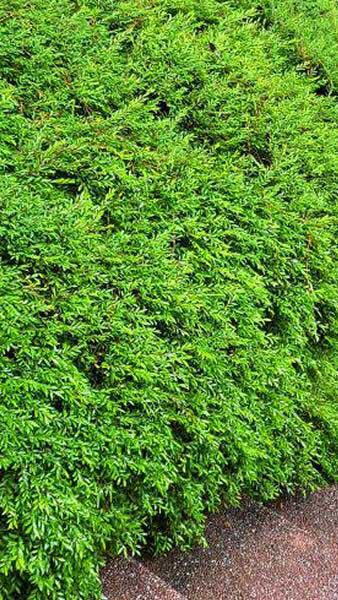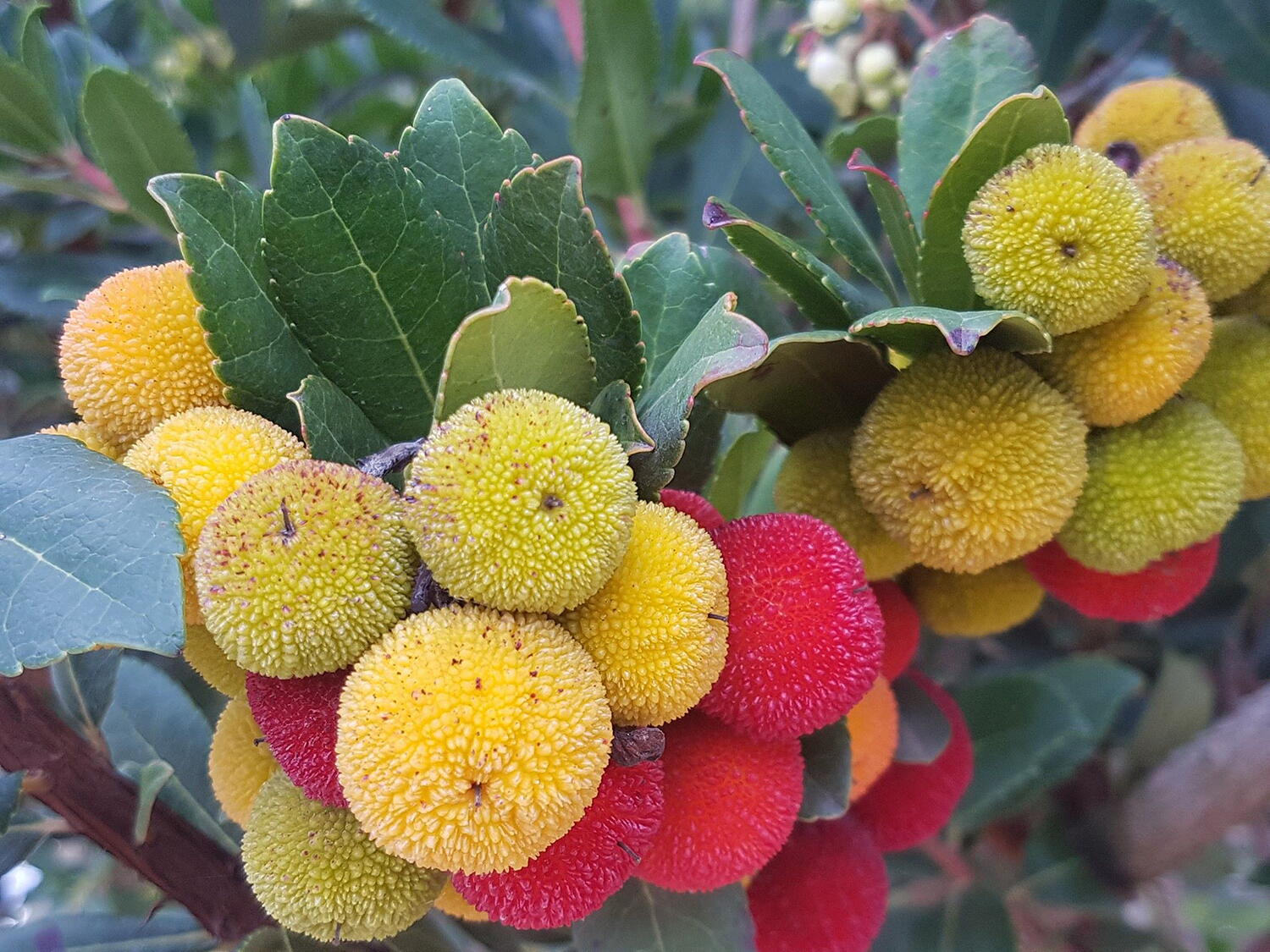Lonicera Nitida Maigrun. Honeysuckle May Green Shrub Buy UK
Lonicera Nitida Maigrun is also known as Honeysuckle Maigrun and Honeysuckle May GreenLonicera Nitida Maigrun is the botanical name for the variety, Honeysuckle Maigrun, commonly known as Honeysuckle May Green. This variety is a dense evergreen, spreading shrub-like plant that reaches heights of 1 to 1.5 meters or more, Honeysuckle May Green is highly valued as a hedge plant. Although the plant has a somewhat delicate appearance due to the tiny, fine-textured leaves, Lonicera Nitida is nearly indestructible and highly resistant to pests and disease. Lonicera Nitida Maigrun, is a vigorous shrub and a real stunner with miniature oval leaves that remain a vibrant green year round, this variety is a much brighter green than other Lonicera Nitadas. Although the creamy white flowers are relatively insignificant, they do add interest in late spring, providing a lovely contrast against the bright green foliage. The lightly scented blooms are followed in late summer by attractive, dark purple berries that songbirds love. Although Honeysuckle May Green is traditionally used as a hedge plant, it can also be planted along borders or in mixed beds. Additionally, May Green works well as a groundcover, serving as an effective means of erosion control. Mature height of the plant is approximately 1 to 1.5 metres.Lonicera Nitida isn’t fussy and requires a minimum of care. It tolerates either full sun or partial shade and thrives in nearly any type of moist, rich, well-drained soil. However, the plant won’t survive poorly drained, overly wet soil and may succumb to rot. Wet conditions also invite powdery mildew, a fungal disease that won’t kill the plant, but will adversely affect its appearance. Once established, Honeysuckle May Green requires very little moisture unless the weather is unusually dry. A light application of any high quality, general-purpose fertiliser gets the plant off to a healthy start every spring. A layer of compost or mulch such as wood chippings or conifer bark keeps the soil moist, suppresses weeds, and protects the roots during the winter months. Honeysuckle May Green tolerates pruning like a champ, so it isn’t difficult to maintain the desired height and shape. Although the plant benefits from a light trim to keep it neat and tidy throughout the growing season, a neglected shrub will quickly bounce back from a hard pruning in late winter or early spring. Lonicera Nitida can also be shaped into topiary, especially lending it's shape to globes or balls, a light trim through the growing season will keep them looking very elegant all year round.







